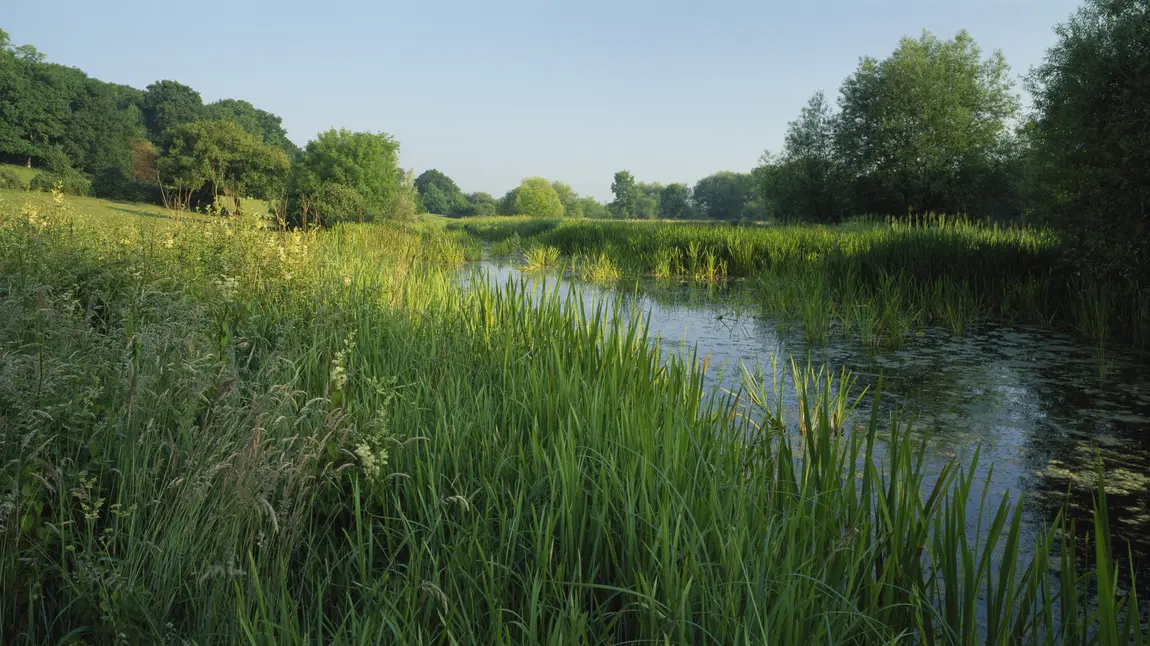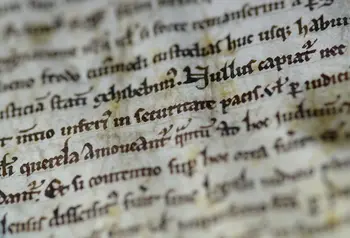£1.6million to transform historic Magna Carta site at Runnymede

It is 803 years since feudal barons forced King John to seal Magna Carta at Runnymede, on the banks of the Thames, near Windsor. To this day, Magna Carta remains one of the most important documents in global history.
Now the National Trust can move ahead with plans to help visitors discover more about this special place and enjoy it for recreation, learning and volunteering.
International significance
Funding of £1.6million from the National Lottery will help to unify two sites of international significance, Runnymede and adjacent Ankerwycke, with improved pathways and interpretation, and a new ferry crossing across the River Thames. The project will enable visitors to travel more easily between the two sites and get a better understanding of their combined importance: Runnymede’s significance as the site of the sealing of Magna Carta, and Ankerwycke, home to Benedictine priory ruins and the Ankerwycke yew, the National Trust’s oldest tree at 2,500 years old.
Plans also include new trails and an upgraded tow path along the River Thames to encourage access to the public artworks at the site: The Jurors, created by Hew Locke and Writ in Water created by Mark Wallinger, the monuments and memorials at Runnymede and to new interpretation around the themes of liberty, people and commemoration.
Special place
Ros Kerslake, Chief Executive of HLF, said: “There are few places in the UK that rival Runnymede in terms of its profound influence on our national heritage. Thanks to funding from the National Lottery, these thoughtful and sensitive improvements will enhance this special place for everyone to enjoy.”

